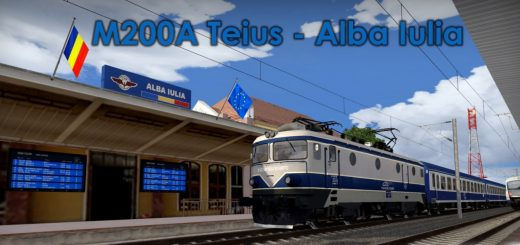Free Download Train Simulator: Konstanz-Villingen Route Add-On Kalireag
- legabitamice
- May 13, 2022
- 2 min read

It mainly follows former railway lines which are also in operation.
Description
The three routes taken by the Berlin–Frankfurt high-speed express, are:
A — Germany-Switzerland border to Germany-Switzerland border, parallel to the Rhine to Aalen (370 km)
B — Germany-Switzerland border to Germany-Switzerland border, parallel to the Rhine to Aalen (350 km)
C — Germany-Switzerland border to Germany-Switzerland border, parallel to the Rhine to Aalen (410 km)
See also
High-speed rail in Germany
High-speed rail in Switzerland
References
External links
RzL – Rhine–Main–Danube Canal Railway
Category:Rail transport in Germany
Category:High-speed rail in Germany
Category:High-speed rail in Switzerland
Category:High-speed rail in Austria
Category:Rail transport in Bavaria
Category:Rail transport in Baden-Württemberg
Category:Rail transport in Hesse
Category:Rail transport in Rhineland-Palatinate
Category:Rail transport in Saarland
Category:Rail transport in Saxony-Anhalt
Category:Rail transport in Thuringia
Category:Rail transport in North Rhine-Westphalia
Category:Railway lines in Rhineland-Palatinate
Category:Railway lines in Hesse
Category:Railway lines in Saxony-Anhalt
Category:Railway lines in Thuringia
Category:Railway lines in Bavaria
Category:Rhine–Main–Danube CanalQ:
When is a tensor considered an "abstract tensor"?
This question is in the context of physics, and most of the literature says "abstract tensor".
I can understand an abstract vector as a mathematical object, but when a tensor is considered to be abstract, I do not understand.
Here is my understanding (please correct me if wrong):
An abstract vector has no physical relevance, but is the foundation of vector calculus, and
An abstract tensor has no physical relevance, but in fact we often need tensors to describe physics.
It seems to me that an abstract tensor is more like a mathematical object in the beginning, and more like a physical quantity in
Related links:
Comments